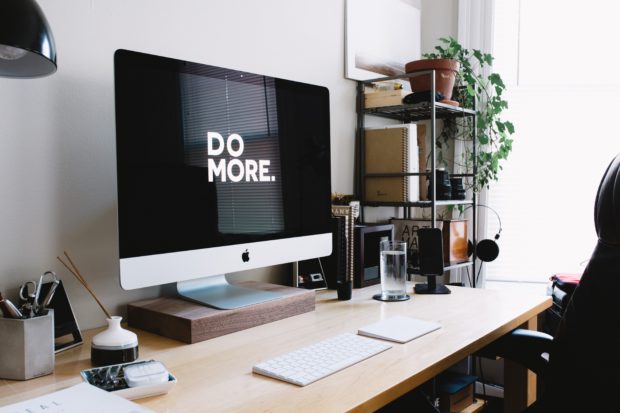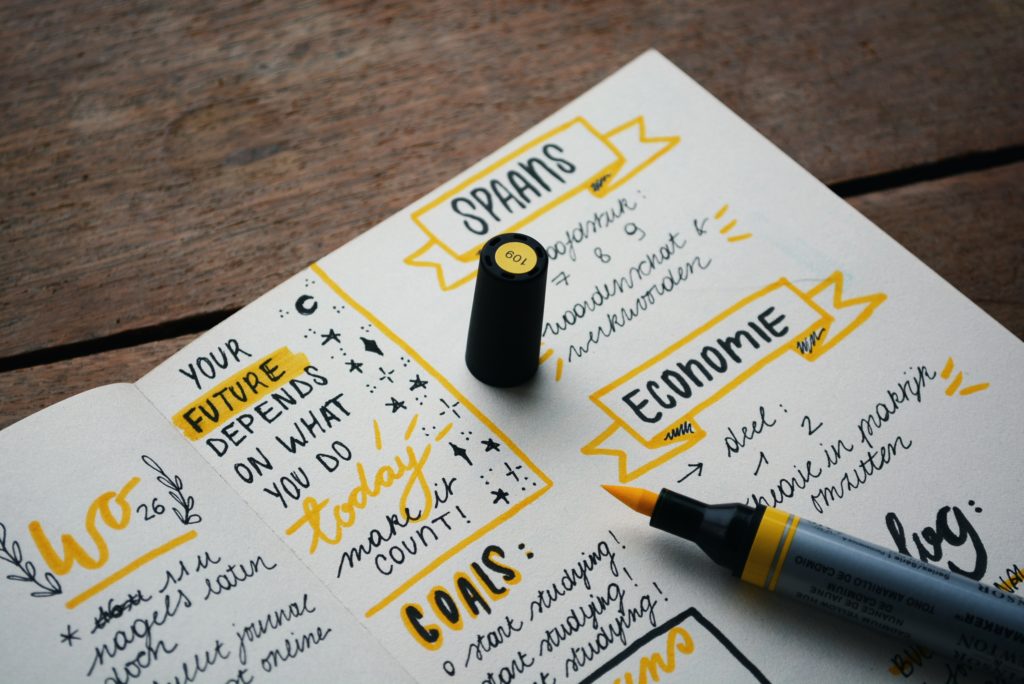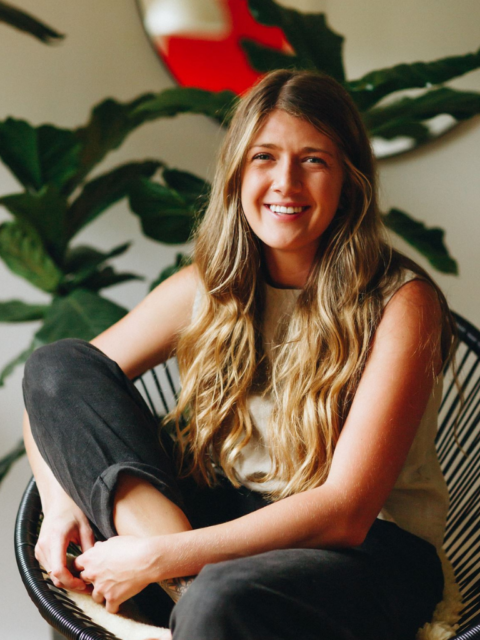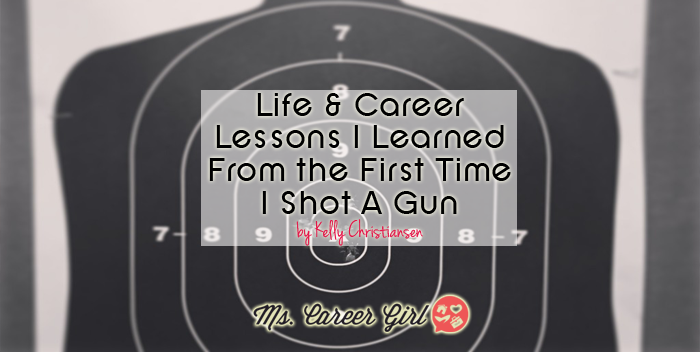4 Simple Practices to Make Your Workday More Productive

Melissa Steginus is a productivity and wellness specialist and author of the new book, Everyday Mindfulness: 108 Simple Practices to Empower Yourself and Transform Your Life
Her motto is that “your time and energy are your most precious resources” and—through her books, courses, workshops, and coaching services—she helps people structure their work and lives to spend more of those resources on what matters. Melissa’s unique approach blends time, task, and energy management with self-care and mindfulness to serve her ultimate goal: to help others live more intentional, empowering, and fulfilling lives.
Everyday Mindfulness is a simple yet powerful tool for those interested in living with greater intention. The book is a collection of 108 simple mindfulness practices, with explanations of the purpose behind each practice, and over 300 reflection questions that encourage profound self-exploration and transformative action. It aims to make mindfulness simple and practical so you can live with greater clarity, intention, and purpose—whatever your schedule or spiritual beliefs.
For those interested in a sample, Melissa Steginus has offered excerpts from the book’s introduction and its occupation section, which guides you through how to identify and invest in your personal and professional priorities.
A brief introduction: What it means to be mindful
Mindfulness is about paying attention with intention. Powerful things happen when you take a moment to fully observe your thoughts, feelings, behaviors, and surroundings. You begin to recognize what it means to be alive—to think, to feel, to exist in an infinite universe filled with infinite possibilities. When you give your full attention to the world around you and the one within you, you gain a deep appreciation for your existence, and you learn how to access the profound insights and wisdom you hold. You expand your consciousness, or rather, you tap into the full consciousness that already lies within you.
1. WRITE YOUR GOALS
PURPOSE: When you identify specific goals for your work—whether around a client, project, or your job in general—you give yourself (and others) direction. You create a purposeful strategy, which guides you toward your target with clarity and focus. You set yourself up for success.
PRACTICE: First, focus on either one specific project or your work in general. With that area of focus in mind, list what you want to achieve in the short and long term. Next, referring to that list, choose the three most important goals. Make those goals specific, measurable, and attainable. Finally, organize those three goals in terms of timelines—one to achieve in the next month, one to achieve in six months, and one to achieve by one year from now. You can list those goals below.
- Next month:
- Six months:
- One year:
REFLECTION:
What do your goals tell you about what you want from your occupation?
How can writing down your goals help you to create a purposeful strategy?
What will you do to make each goal a reality?

2. IDENTIFY DISTRACTIONS
PURPOSE: After spending the past few days reviewing, prioritizing, and organizing your time and tasks, you now know how managing these things increases your focus and direction. How you spend your time shapes your whole life; spend it well or others will spend it for you.
PRACTICE: Repeat after me: “Multitasking is not mindful.” Commit to doing one thing at a time and doing it well. First, identify what distracts you—social media, office gossip, or compulsively checking your email. Second, schedule these distractions into your day (yes, really); you don’t have to completely avoid email or stop talking to your coworkers, but you do need to exercise a bit of schedule discipline. Set a timer or use your distractions as periodic breaks from the work that needs to get done.
REFLECTION:
What are your major distractions?
When will you schedule time for them?
How will you ensure that you get your most important work done without distraction?
3. SET BOUNDARIES
PURPOSE: Saying “yes” to one thing means saying “no” to another. If you constantly put others first by saying “yes” to their wants and needs before your own, you’ll find your priorities pushed so far back that you can barely see them! Setting clear boundaries and expectations—with others and yourself—ensures that you say “yes” to your priorities.
PRACTICE: Exercise your personal accountability by reflecting on the goals and priorities you previously mapped out; keep these visible and let them guide your decisions. For instance, when an opportunity arises, ask yourself if it clearly resonates with your big-picture goals. If it does, you’ll know to explore it; if it does not, turn it down.
When you say “no,” be polite but firm. Here are some examples of how to kindly but effectively decline:
- “Thank you for asking, but I’m unavailable for X.”
- “I appreciate you thinking of me, but I can’t commit to Y.”
- “Z is my priority, and I feel like X and Y conflict with Z.” “Thank you, but I have to decline.”
REFLECTION:
Where do you want to spend your energy?
What might be an example of a “good opportunity” (one that aligns with your priorities)?
How will you know when to say “no?”
How will you steer clear of distractions or conflicting opportunities?

4. ELIMINATE THE UNNECESSARY
PURPOSE: Being productive does not mean doing everything—it means doing the right things that bring you closer to your big-picture wants, needs, and goals. Un-busy yourself by recognizing which tasks are unnecessary, or which may be more appropriate for someone else to handle. This way, you can invest more of your time into doing what’s really important.
PRACTICE: Create a specific plan for time-sucking tasks that have little ROI (return on investment). Here are a few examples:
- Deal with lurking to-do list tasks: for each item, decide to do it, delegate it, or delete it.
- Block social media sites during work hours or work offline.
- Check email once in the morning, after lunch, and near the end of your workday.
MINDFUL TIPS:
- Set boundaries and deadlines to prevent (or at least combat) procrastination.
- Reward yourself after you’ve done X amount of work, rather than after X amount of time.
- Tidy your desk and organize physical and digital folders.
- Ask others to hold you accountable.
REFLECTION:
How did you eliminate unnecessary distractions?
How did the steps you took today increase your mental and physical space?
It’s essential to remember that productivity is about effectiveness, not just efficiency. Productive means “achieving a significant result” (and significant means “important, worthy of attention”).
Real productivity means asking big questions so you know what you’re doing and why. What are you working toward? What result do you want? What’s the purpose?
For a list of simple practices, productive questions, and free reflection workbooks for Everyday Mindfulness, visit MelissaSteginus.com/mindful. Once there, peek around at Melissa’s work in what she calls “intentional productivity,” and be sure to sign up for her very practical newsletter.
This guest post was provided by Melissa Steginus

Melissa Steginus is a productivity and wellness specialist and author of Everyday Mindfulness. Her mission is to help people work and live “by design versus by default” so they can spend their most precious resources—time and energy—on what matters to them. Learn more about Melissa and sign up for her intentional and practical newsletter at: melissasteginus.com.
- Instagram: @melissasteginus
- Facebook: @melissasteginusonline
- Twitter: @melissasteginus




